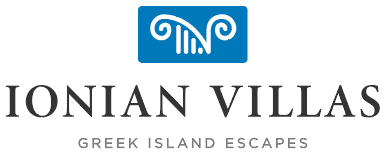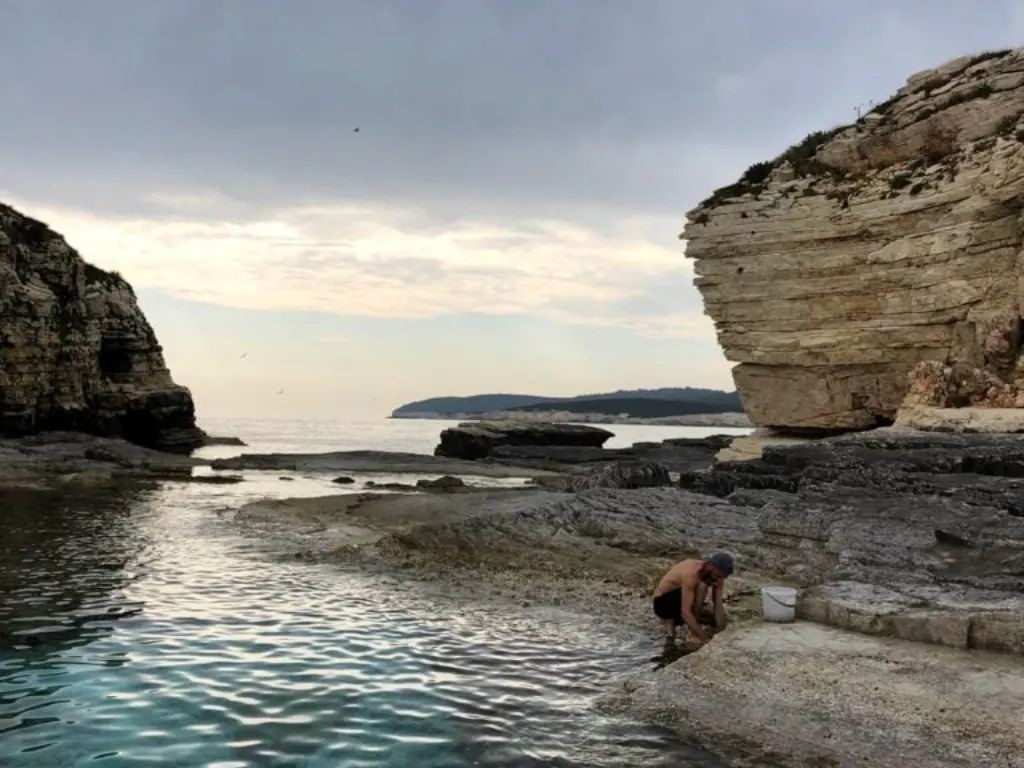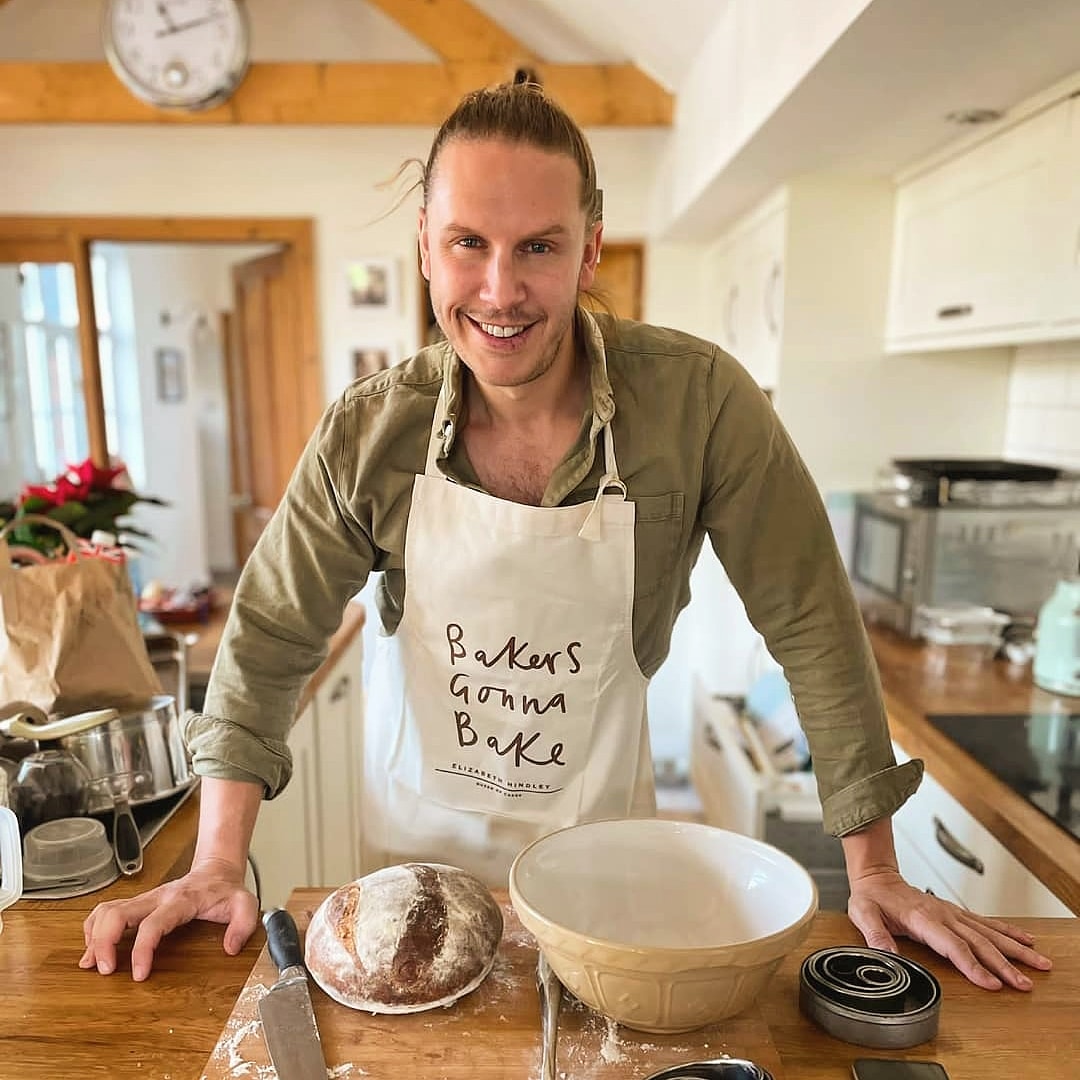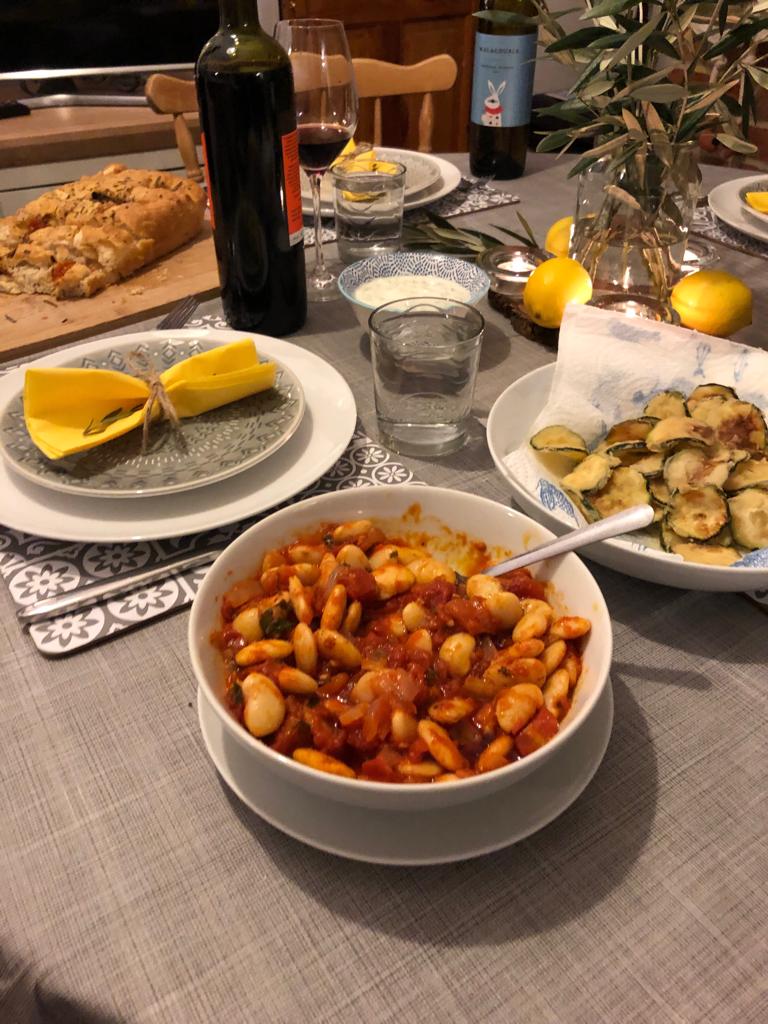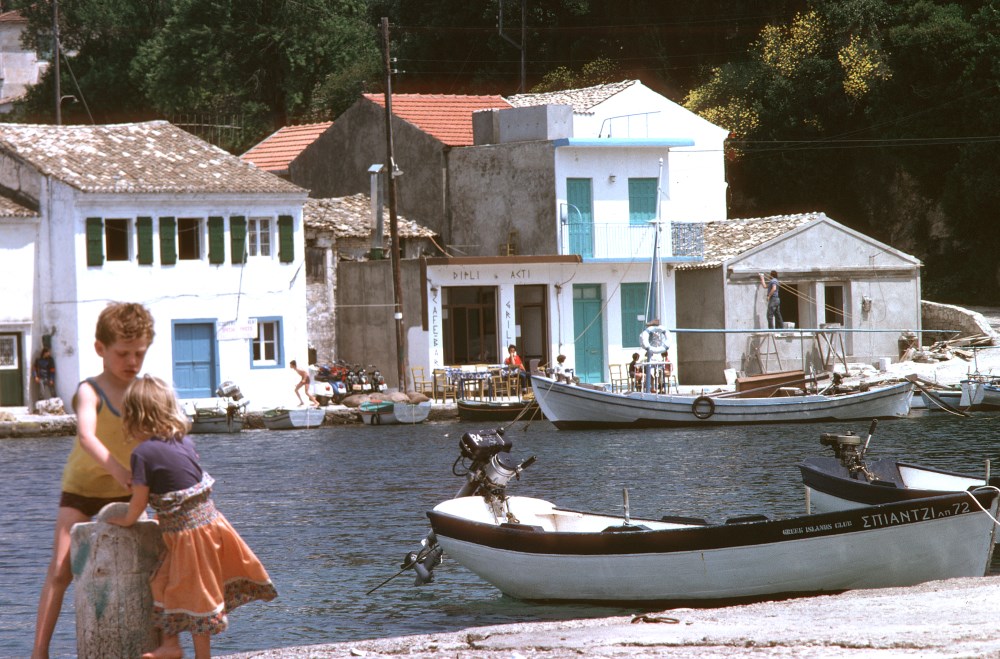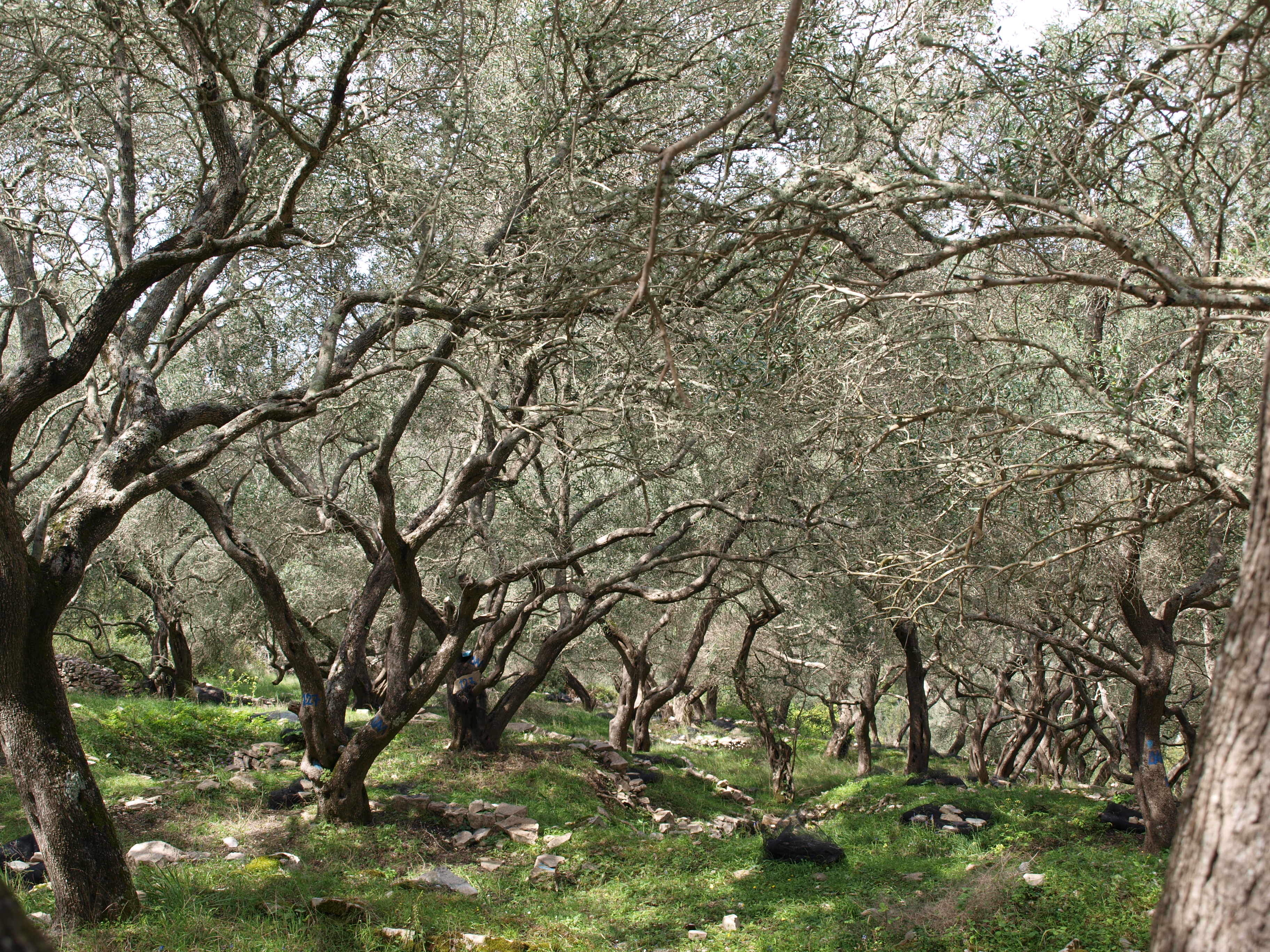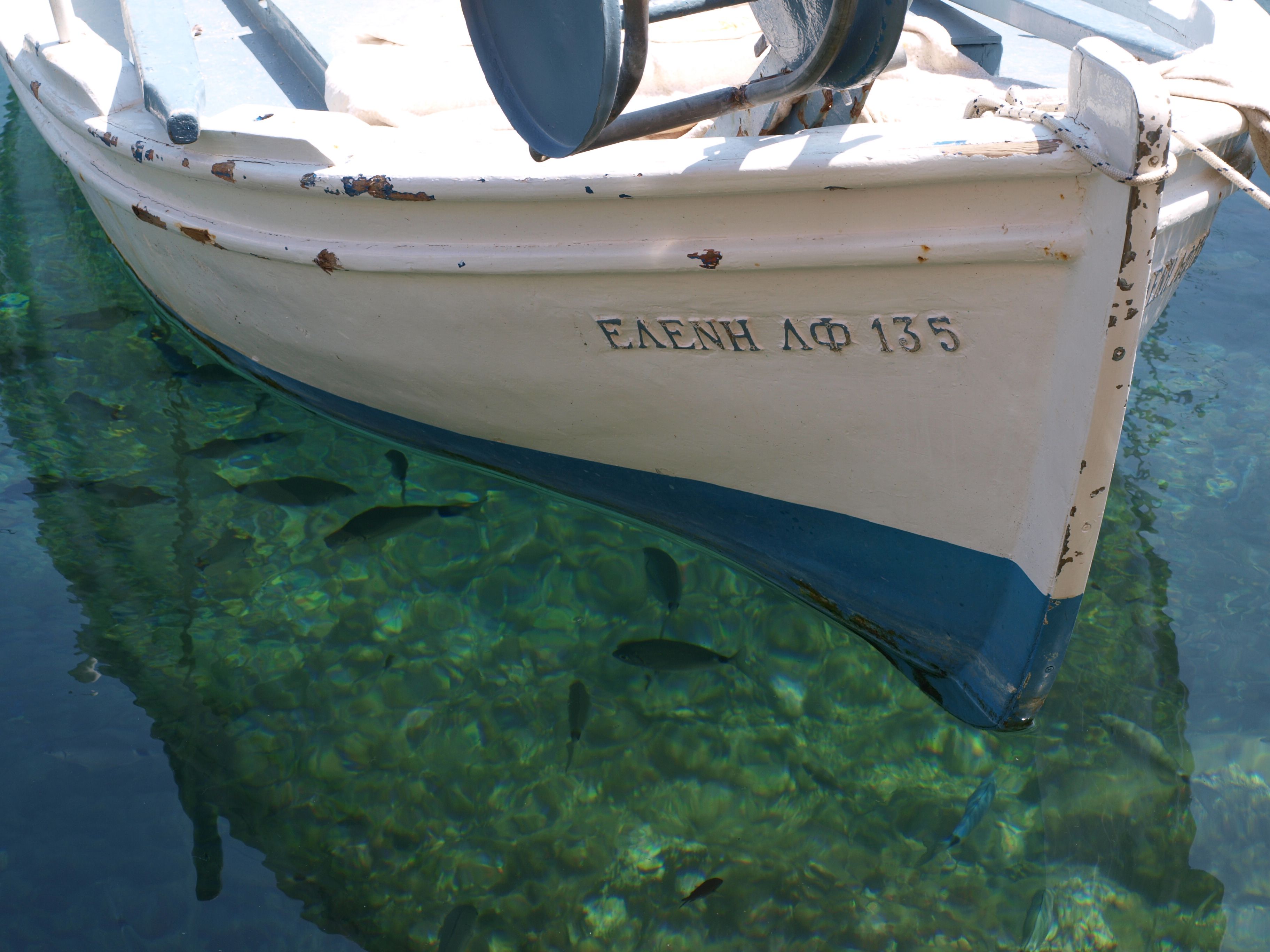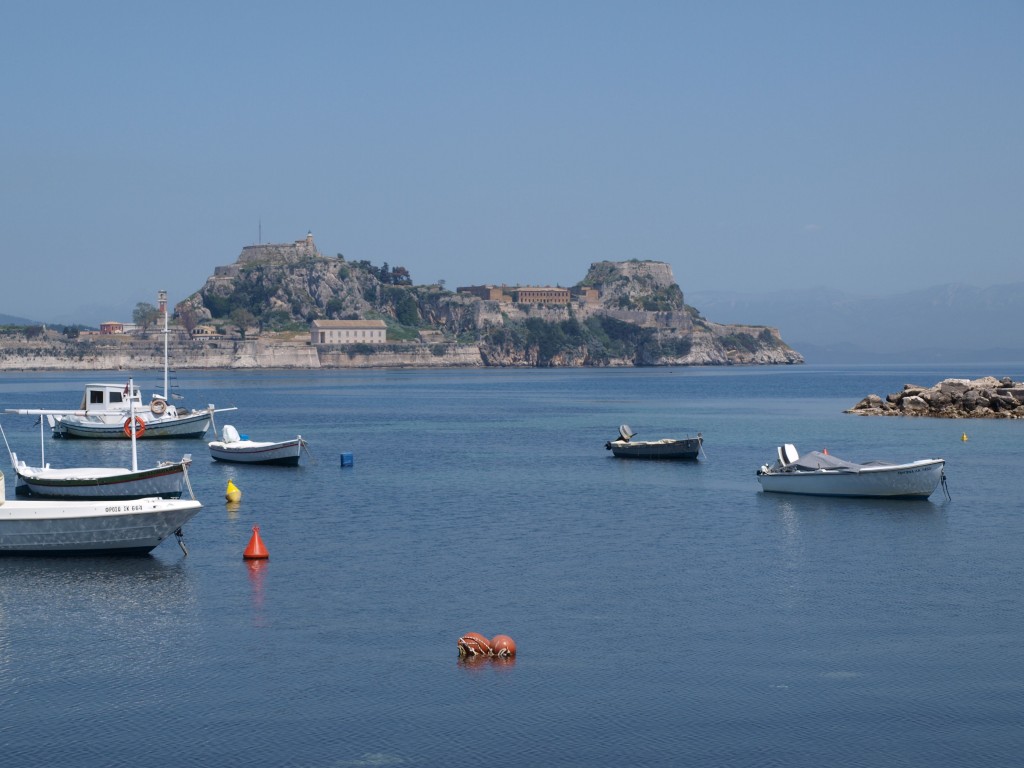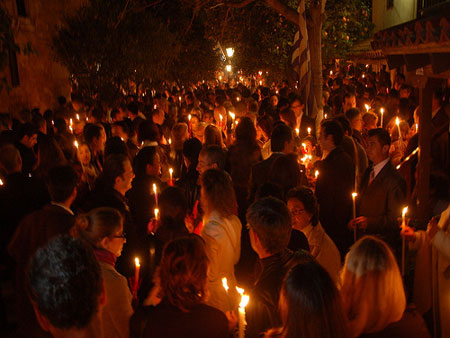Legend has it that Poseidon, lord of the seas, spotted the Sea Goddess Amphitrie dancing on the island of Naxos. He immediately fell in love – of course he did – and after chasing her to the ends of the world he broke off a little piece of paradise, dragging a fragment of Corfu south,…
Category: Food & Drink
Life & Food on Paxos – From Guest Writer & Chef Andrew Hindley
My name is Andrew and I am a self taught private chef, working and living on the small Greek island of Paxos. I first met Alex and Cat from the Ionian Villas team when I moved to Paxos in 2015. At the time they were residing full time on Paxos and now having left the island they…
PAXOS FAQ’S
When is the best time to visit Paxos? April: expect some rain but usually a month ahead of northern Europe so beautiful Spring days – perfect for walking & wild flowers. May: warmer but could still rain. Perfect month to escape the crowds and meet locals when they are not so busy. June: temperatures can…
A Taste of Greece
As a family we enjoy visiting the Ionian islands for so many reasons… their hidden beaches, the glorious weather and the friendly people but one thing we most definitely love is the FOOD!! During the Winter months we spend most of our time in the office based in the UK. In January we start dreaming of…
The New Loggos Bakery
This photo of Paxos was taken in the mid 1970’s (I think) – you will notice: Loukas’ new bakery shop being completed. The bread oven is still behind the village church. Next door is the Dipli Akti cafenion – now the Roxy Bar. In those days all the waterfront tables and chairs wobbled on uneven…
Olive Pruning on the Ionian Islands
Have you ever wondered why some olive trees are regularly pruned whilst others are not. There appears to be a different culture of olive cultivation from island to island, region to region and country to country. Does the pruning affect the quality of oil? Stanley Stewart wrote in Times Live the following piece about Paxos…
How to catch your own Whitebait in the Ionian
1. Book a holiday with Ionian Villas to stay on an uncrowded Ionian island. 2. Buy a medium-sized round Tupperware bowl (lid not needed) & a piece of cloth/muslin and some string. 3. Order chicken for dinner at one of the waterfront tavernas. Take the chicken bones home with you. 4. Put chicken bones in…
A taste of the Ionian islands
I was once managing director of Greek Islands Club. When we had offices in Old Isleworth it meant a 2 hour drive from home in West Sussex and then a 2 hour drive back home. The M25 was my companion and pacemaker. I now look after Ionian Villas from our home in a little Dorset…
Traditional Greek Easter Celebrations in the Ionian
Spring has sprung in the Ionian – temperatures are nudging 20 degrees. Greek Easter is late this year, May 5th – Easyjet and Ryanair April and May flights provide the perfect opportunity to see how the Ionian islanders celebrate it. Easter in Greece or “Paska” is THE most important (and loudest) celebration of the year….
Bicentenary of Edward Lear’s Birth to be Celebrated in Corfu!
Photo – Villa Aphrodite’s view over Mon Repos Edward Lear is well known for his limericks and nonsense rhymes such as “The Owl and the Pussycat”. Lear however dedicated more of his time as a landscape painter. He travelled on foot and horseback through 19th Century Greece, Albania, Southern Italy and the Middle East making…
